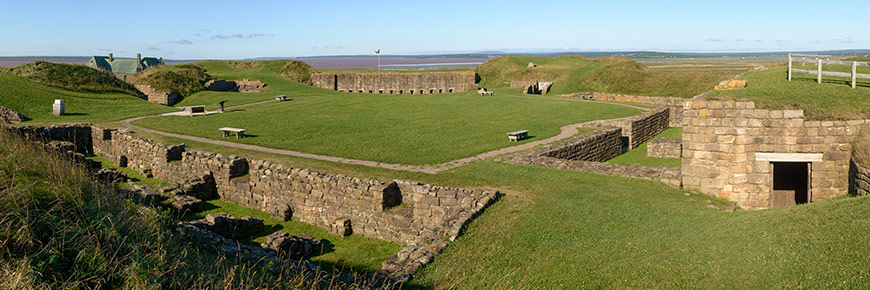
Archeological digs
Fort Beauséjour – Fort Cumberland National Historic Site
The first report assessing the fort ruins was made in 1913. At that time, all that remained in the middle of a field was a stone wall, brick foundations and the remains of a powder magazine. During the 1920s, the ruins were cleared as much as possible and the walls were stabilized.
Start of the excavations
The first archeological digs at the fort began in the summer of 1962. Four years later, under the direction of Jervis D. Swannack, systematic excavations were carried out over a period of three years. This work uncovered the French powder magazine and casemate along with remains of a wooden palisade dating from 1751. Barracks from both the French and British occupation period were also unearthed. The more fragile structural features were reinforced or restored to give visitors a better glimpse of life in the fort.
History of the Isthmus of Chignecto
Archeological excavations have uncovered the remains of four military occupations of the fort of Beauséjour and Fort Cumberland. Thousands of artefacts were found in the course of these digs, some of which are on display in the Museum. This collection of objects and artefacts provides a valuable illustration of the history of the Isthmus of Chignecto, a region which occupies a pivotal position in the history of the Canadian people.
Related links
- Long before the Fort: Acadian settlement
- First warfare
- Zone of contention, place of growth
- The construction of a fort at Beauséjour
- Life inside the Fort during the French regime
- The Acadians and the fort
- Tensions of the 1750s
- The siege of 1755
- The deportation of the Acadians
- The start of the British occupation
- Settlers from Yorkshire
- The 1776 siege of Fort Cumberland
- Changes to the fort after the second siege
- Creation of the national historic site
- Date modified :